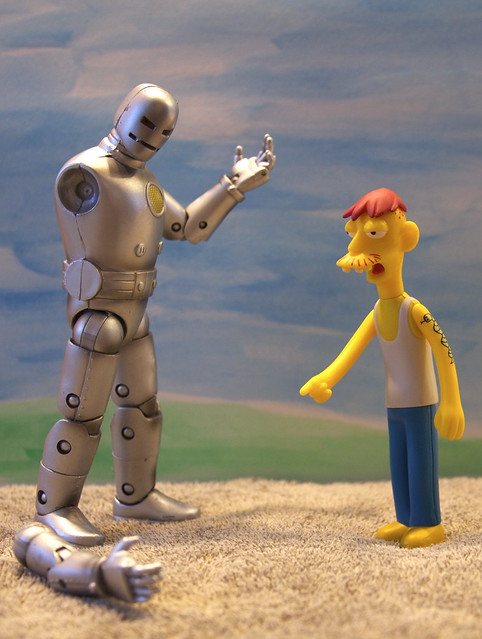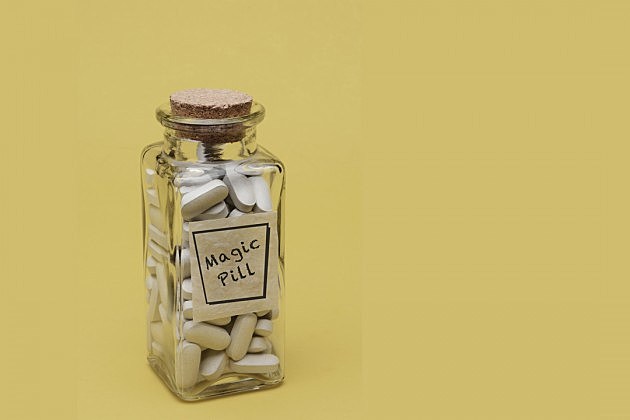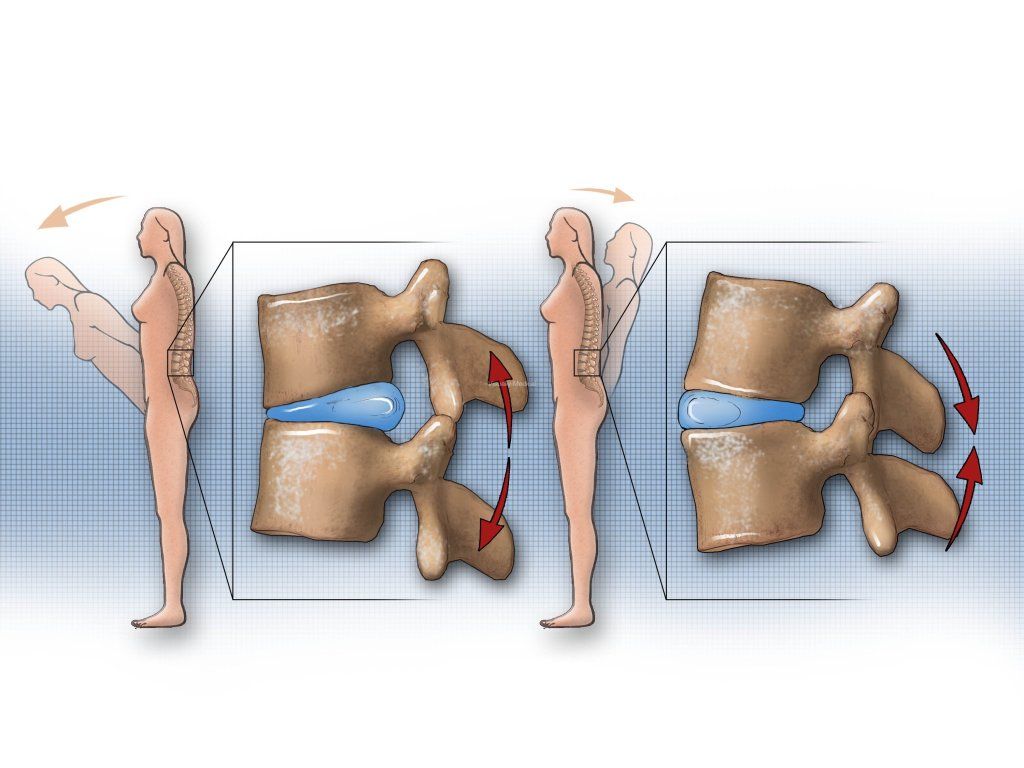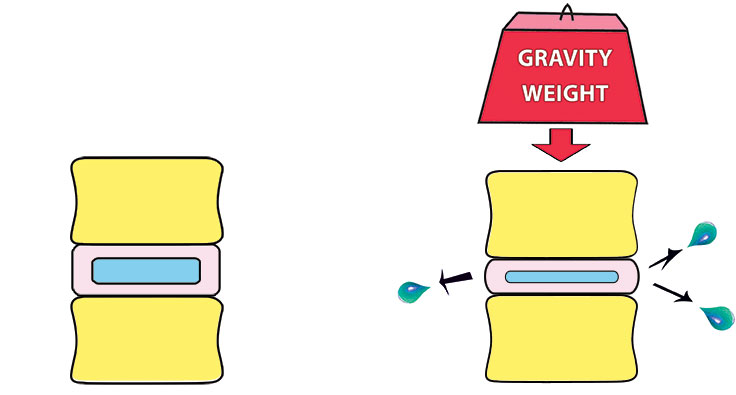With Spring right around the corner, running season has begun. This is the time of year I tend to see a variety of running related injuries flow into the clinic.
Rather than give you my take on running and running injuries, I thought I would go to a professional and ask them a number of questions about how they coach running!
Meet Jasper Blake! A former Iron Man Champion, triathlete and founder of the training company B78!
 ***Most
people don't think twice about running. They just put on runners and head
out the door, and wonder why they are sore or injured later on. As a
running coach, what do you tell your athletes to focus on? Are there
specific techniques? Or do you just let them run with their own style?
***Most
people don't think twice about running. They just put on runners and head
out the door, and wonder why they are sore or injured later on. As a
running coach, what do you tell your athletes to focus on? Are there
specific techniques? Or do you just let them run with their own style?
The biggest thing
people forget about running is how much impact there is. You take all of your
body weight, throw it up in the air and then land on one foot. Your aerobic
fitness is one thing but the ability to handle impact is another thing entirely
and it's usually the one that gets people in the most trouble.
Technically I focus on
a few key areas:
1. Landing midfoot (or
landing with your foot right underneath your body...not out in front, not behind)-
the foot is a natural shock absorber not your heal. Land mid foot and you use
your body as it was intended for running
2. Stand tall- proud
posture- stack your bones. Often you will see people hunched over in various
places which means they have to be engaged muscularly to hold themselves up.
Standing tall allows the use of your skeleton for support
3. Slight forward lean
(without hinging at the waist) allows you to use gravity for
acceleration.
4. Quick
"light" cadence- be light or soft on impact and keep cadence on the
higher side meaning don't lope around
Put it all together
and you end up with good running technique. One really important thing to add
is that in order to remains stable during impact we need great core and hip
stability especially in longer events when the body starts to break down
physically. All runners should have core and hip stability work in their
program on a regular basis.
***What
is/are the most common injury/injuries you see with running?
Injuries that usually
have to do with impact or tightness in certain areas. IT band issues are a big
one and repetitive strain injuries like stress fractures are also a big one.
One fairly common and odd one is when one of the small foot bones slides out of
place- it's relatively easy to fix but really painful
***Is there a benefit to strength
training (resistance training) to improve running outcomes (ie. would a runner
benefit from going to the gym?) Are there exercises that a runner can do
that would help prevent injury?
Yes most definitely. I
am a huge proponent of gym work. As mentioned above, core and hip stability is
really important. I think it's also good to incorporate exercises that promote
proper tracking of the knee (so lunges for example where knee tracking over big
toe and not going side to side is promoted). I also like athletes to work on
any imbalances and learn to move laterally with competence. Running and most
endurance sports are very linear and that can cause weakness outside of linear
movements which I feel puts athletes at risk of injury so I like working muscle
groups that take an athlete out of linear plane.
 ***If you are looking to improve efficiency,
should a runner try to increase stride length (decrease cadence) or decrease
stride length (increase cadence)
***If you are looking to improve efficiency,
should a runner try to increase stride length (decrease cadence) or decrease
stride length (increase cadence)
This is not a simple
question to answer as there is so much at play but yes these are the two
primary factors as it relates to speed and efficiency. Increasing stride length
beyond your range of motion in terms of flexibility and muscular strength and
coordination is not a good thing. So I would look first to increase cadence but
I don't think that needs to go hand in hand with consciously decreasing stride
length. Often when athletes try to deliberately increase stride length things
get ugly because foot strike happens too far in front of the body (not
underneath) and cadence decreases which is not always good. I think
"efficient" stride length and cadence are on a sliding scale- when
you are going slower, both will usually be on the lower end. As you increase
speed both usually increase but only to a point. Eventually stride length will
reach an optimal place or a place beyond which the athlete cannot coordinate or
generate muscular force or cannot land on their foot properly. Likewise,
cadence will increase to a rate beyond which the athlete cannot coordinate or
even maintain that rate.
Balancing cadence and
length to optimize what's best for each individual is the key- while
maintaining the critical technical aspects that can help keep you injury
free.
***There are always questions about
shoes? I know there is no "one shoe that fits all" but what is
your take on the technology of shoes? What do you think about
"pronation/motion" control shoes? What do you think about
"minimalist" or barefoot shoes?
I think the number one
goal of shoe companies is to sell you shoes so as much as they innovate they
also need to keep throwing out new stuff so people buy shoes. Hence the
movement from overbuilt shoes to minimal shoes now to Hooka type shoes- it all
goes round and round and round and it's a bit ridiculous.
There is no one size
fits all- I think people who grow up in overbuilt shoes usually end up with
issues- I believe barefoot kids are a good thing. But i've never been overly
sold on barefoot adults on pavement- we may have been born to run in bare feet
but pavement is relatively new.
I personally like a
neutral shoe that is not over built and without any posting. Then if you have
issues you see a foot specialist for an appropriate orthotic and use a neutral
shoe with it.
I like my shoes
uncomplicated- I use a Saucony Kinvara- it's light, neutral, no bells or
whistles, just simple and I love it. However, if my run volume starts to get
really high like in Ironman training I sometimes needed a bit of support or the
muscles in my feet started to go a bit and I would get a bone that slid out of
place which caused problems so sometimes an orthotic would help curb this.
I believe in rotating
shoes so you are creating slightly different stress loads from time to time
I believe in running
off road on varied terrain a great deal so you work yourself laterally and
build some overall strength
I think the single
greatest cause of injury is not shoes but inappropriate training or run mileage
increases that don't respect ones ability to tolerate impact. If you build
people up in a way that allows for adequate recovery between sessions and you
do it progressively over time you can avoid many types of injuries
***If you had one tip for an amateur
runner (say training for 10km), what would it be?
Respect the impact-
build your mileage and intensity intelligently.
******************************************************************************
Thanks to Jasper Blake for taking the time to answer my questions!
To find out more about Jasper Blake and what he can do for you, please visit :
 I have a lot of people tell me that they have a weak core and it needs to be strengthened.
I have a lot of people tell me that they have a weak core and it needs to be strengthened. 





















